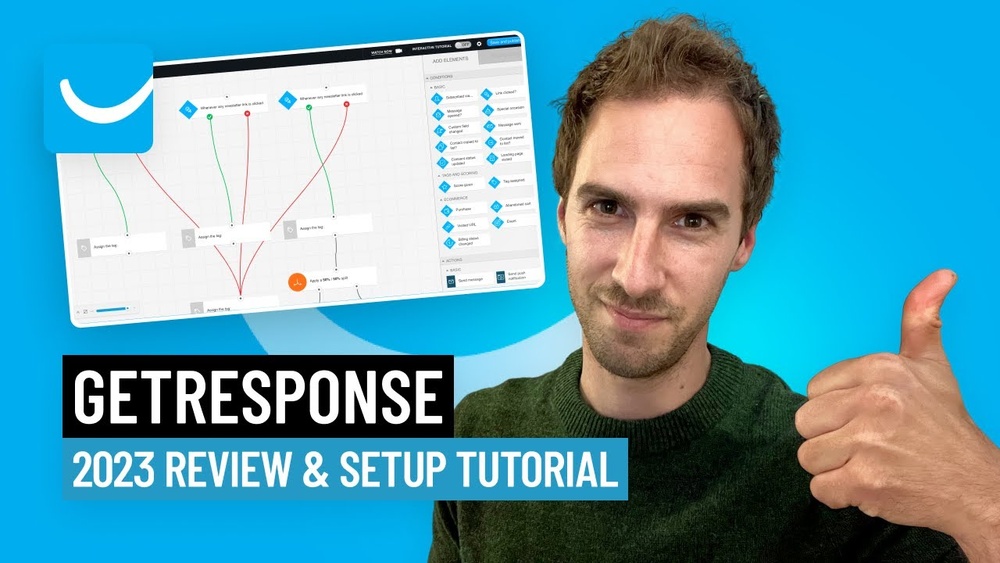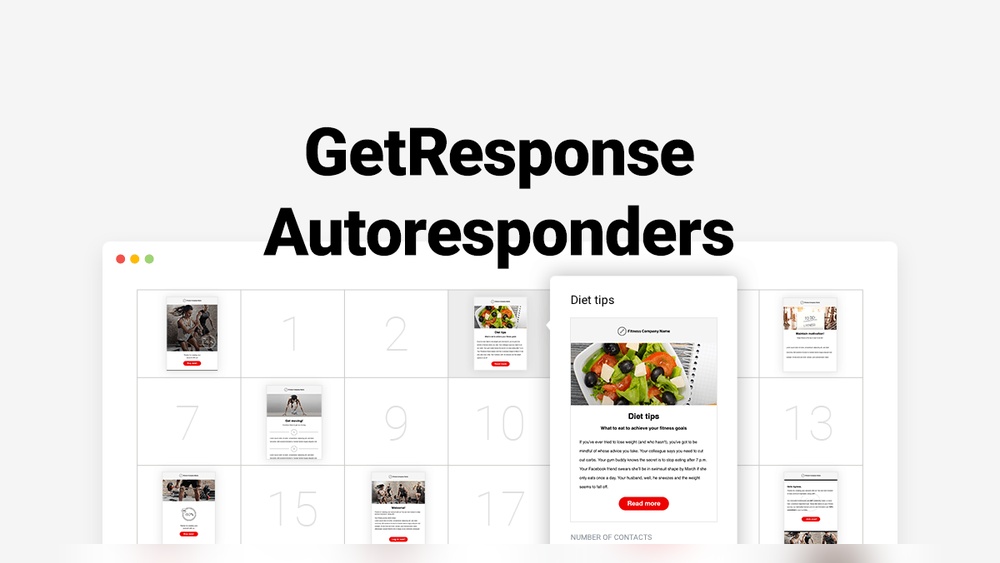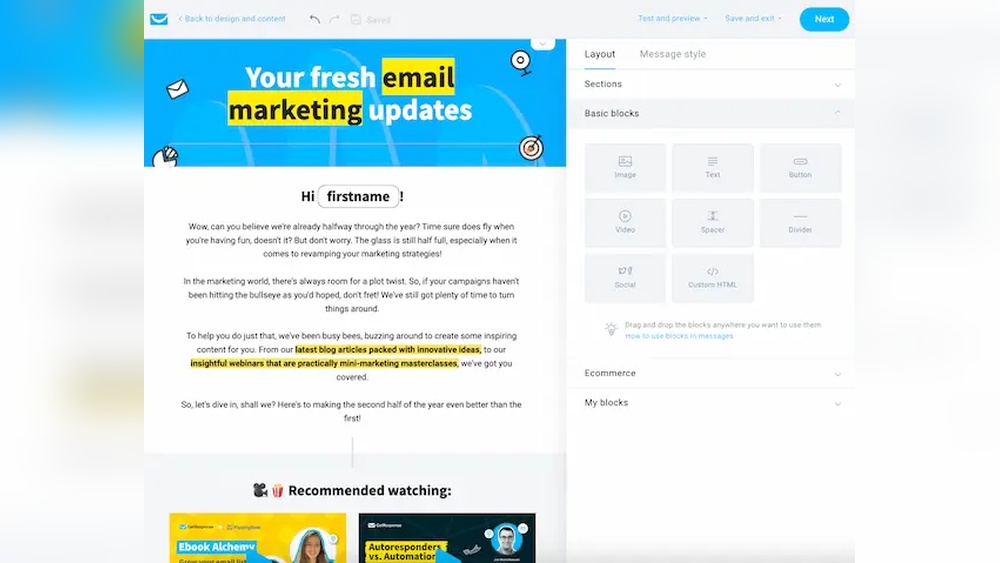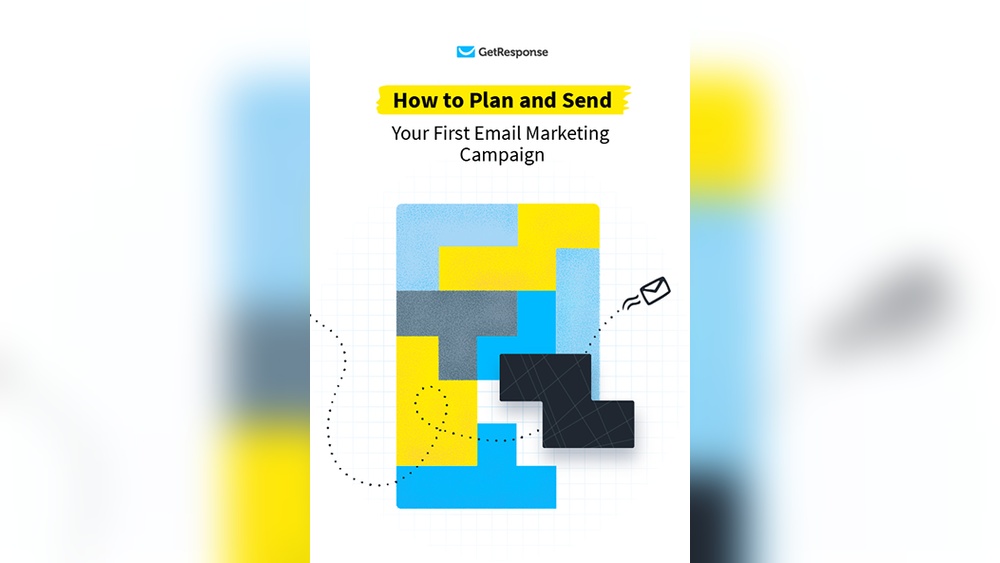Imagine you’ve crafted the perfect marketing campaign. Your ads are eye-catching, your emails are engaging, and your social media posts are getting lots of likes.
But when potential customers click through to your website, they get lost, confused, or simply uninterested. What’s missing? A well-named landing page that grabs attention and draws them in. Understanding what a landing page name is, and why it matters, can be the secret sauce to converting curious visitors into loyal customers.
You’ll discover how a strategically chosen landing page name can boost your engagement and skyrocket your sales. Get ready to dive into the art and science of naming your landing page effectively, ensuring you capture your audience’s interest from the very first click.
Purpose Of Landing Pages
Landing pages have one main job. They turn visitors into customers. A good landing page is clear. It tells what you want the visitor to do. This can be to buy a product or sign up for news.
Landing pages keep visitors focused. They have no extra links. This helps visitors not get lost. They see only what is important. A landing page should be quick to load. Slow pages make visitors leave.
Collecting information is another use. You can get emails or names. This helps in making future contact. A simple form can do this. Good landing pages are simple, clear, and direct.
Types Of Landing Pages
These pages collect user information. Names and emails are common. Businesses use them to build lists. Forms are often included. Offers or free content attract visitors. This can be a guide or e-book. More leads mean more potential customers. Easy form filling is important. Users should feel safe sharing details. They should know why their data is needed.
These pages guide users to another page. No forms are present. Often used in e-commerce. Users see product details. Then they click to buy. Images and descriptions are key. They must be clear and engaging. These pages have one main goal. That is to encourage clicking. Users should feel curious to know more.
Sales pages aim to sell directly. They showcase a product or service. Benefits are highlighted. They often include testimonials and reviews. Trust is important here. Users decide quickly if they want to buy. Prices and features are clear. Call-to-action buttons are bold. They guide users to purchase easily.
Essential Elements
A landing page name is crucial for online success. It helps visitors know what to expect instantly. This name should be clear, concise, and relevant to the page’s content.
Compelling Headlines
A headline grabs attention. It tells visitors what to expect. It should be clear and concise. Use powerful words. Make it interesting. Keep it short. A good headline can make a big difference. It makes people want to learn more.
Effective Calls To Action
The call to action is important. It tells people what to do next. Use action words like “buy” or “sign up”. Make it easy to find. Use bright colors. This helps it stand out. Visitors should understand the action quickly.
Visual Design
Visual design is key. It should be simple and clean. Use colors that match the brand. Images should be high quality. They should relate to the content. Keep the layout organized. Good design keeps visitors interested.

Credit: www.wix.com
Role In Marketing Strategy
A landing page is a special webpage. Its job is to get visitors interested. It shows products or services. People visit these pages from ads or emails. These pages focus on one goal. That goal is to turn visitors into customers. The design is simple. It keeps visitors from getting distracted. The text is short and to the point.
Marketing teams use these pages a lot. They help in tracking visitor actions. This data is very useful. It tells what works and what doesn’t. Businesses make better plans with this info. They save money and time. A good landing page is very important. It can make a big difference in success.
Design Best Practices
Mobile-friendly design is crucial. Screens are small. Buttons must be big. Text should be easy to read. Images should load quickly. Pages must work on all phones. Fast loading is key. Test on different devices. Make sure everything works well.
A/B testing helps improve design. Try two versions. See which one works best. Change one thing at a time. Check results. Find out what users like. Small changes can make big differences. Test often. Keep improving.
User experience is important. Easy navigation is a must. Keep designs simple. Users should find information easily. Clear calls to action help. Make buttons visible. Use simple language. Good design makes users happy.
Common Mistakes
Too many elements confuse visitors. Less is more for a clean look. Avoid using too many colors. Focus on simplicity. Clear designs help users understand the message. Each part should have a purpose. Don’t overwhelm with options. Direct users to the main goal.
Missing a clear goal can mislead users. Always define the purpose. Guide visitors to the action you want. Highlight the main offer. Keep the message simple and direct. Every piece should aim at one goal. Avoid distractions that pull users away.
Data shows what works. Tracking helps improve the landing page. See how users interact. Check conversion rates regularly. Use insights to make changes. Learn from user behavior. Analytics guide your decisions. They help you understand what needs fixing.
Success Metrics
Conversion rates show how many visitors take action. Actions like signing up or buying something. Higher rates mean more success. They show your page is working well. A good landing page has clear goals. Easy-to-use forms help too. Visitors want quick and simple steps.
Bounce rates show visitors who leave quickly. Lower rates are better. They mean people stay longer. A bad landing page makes people leave fast. Fix this by improving the page design. Make it easy to understand. Keep content interesting and useful.
Lead quality means the value of new contacts. Good leads turn into real customers. Higher quality leads are better. They show the page attracts the right people. Use clear messages to attract them. Offer valuable content or deals. Focus on what they need.

Credit: landingi.com
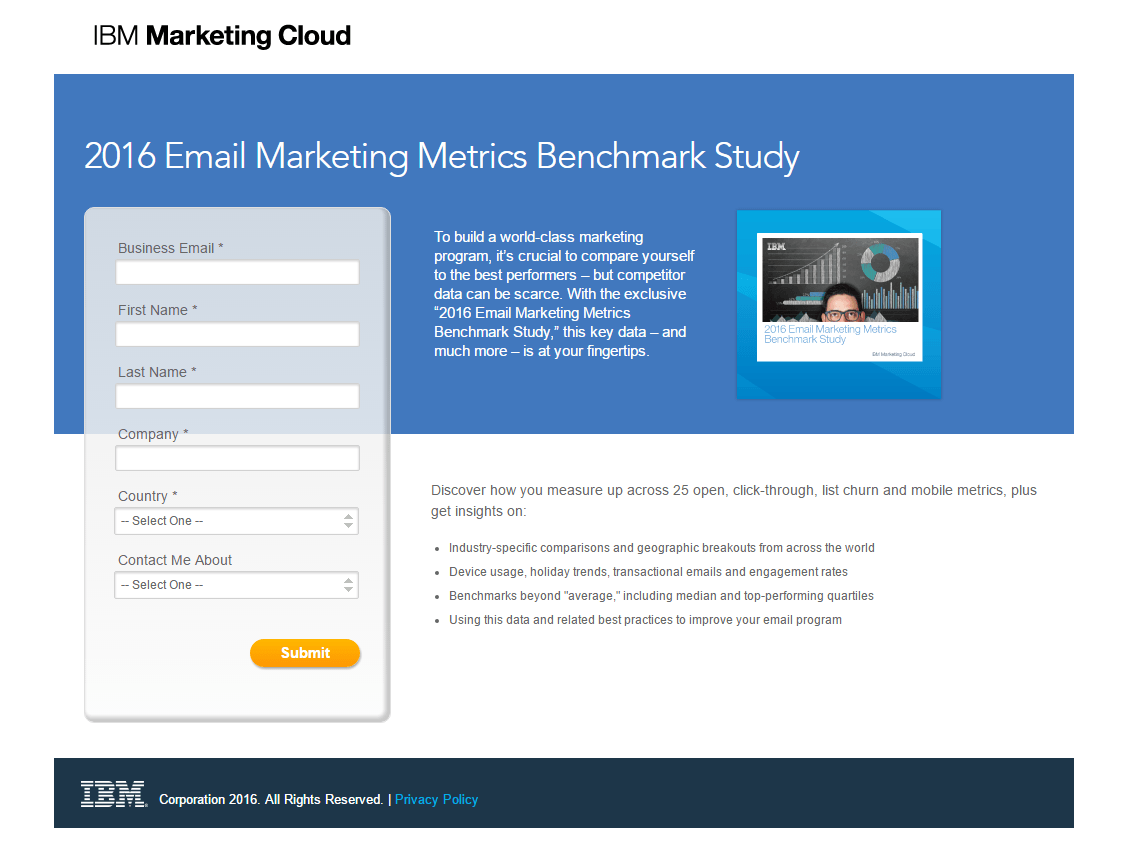
Credit: instapage.com
Frequently Asked Questions
How Do I Name A Landing Page?
Choose a clear, relevant, and concise name that reflects the purpose of your landing page. Include target keywords to improve SEO and ensure it resonates with your audience. Keep it simple and direct, making it easy for visitors to understand the page’s intent at a glance.
What Is Considered A Landing Page?
A landing page is a standalone web page designed for a specific marketing campaign. It captures leads or promotes products/services. Visitors land here after clicking ads or links. Its goal is to convert visitors through a call-to-action, such as filling a form or making a purchase.
What Is My Landing Page?
A landing page is the first webpage visitors see after clicking a link or advertisement. It aims to convert visitors into leads or customers by focusing on a specific product, service, or offer. Optimizing it for user experience and SEO improves engagement and conversion rates.
What Is Another Name For A Landing Page?
Another name for a landing page is a “lead capture page. ” It’s designed to convert visitors into leads. Other common terms include “destination page” and “squeeze page. ” These pages are crucial in digital marketing for capturing user information.
They focus on driving specific actions from visitors.
Conclusion
Choosing the right landing page name is important. It helps attract visitors. A clear, relevant name guides users effectively. It boosts engagement and conversion rates. Keep it simple and descriptive. This builds trust and clarity. Test different names to find the best fit.
Pay attention to what works. Avoid complex words or jargon. Remember, a good name improves your site’s performance. It makes a strong first impression. Users will understand your offer easily. So, take time to pick the perfect name. It can make a big difference in your marketing success.

